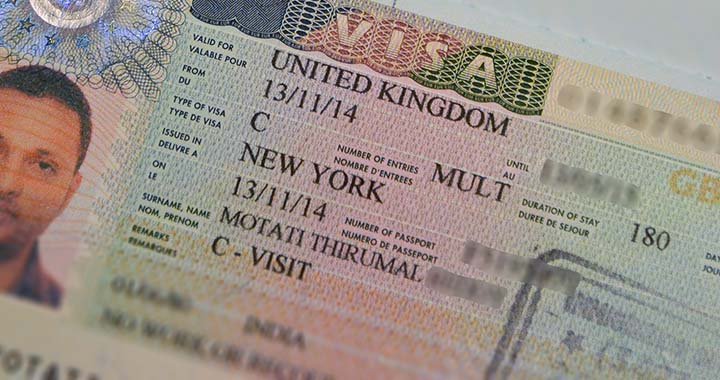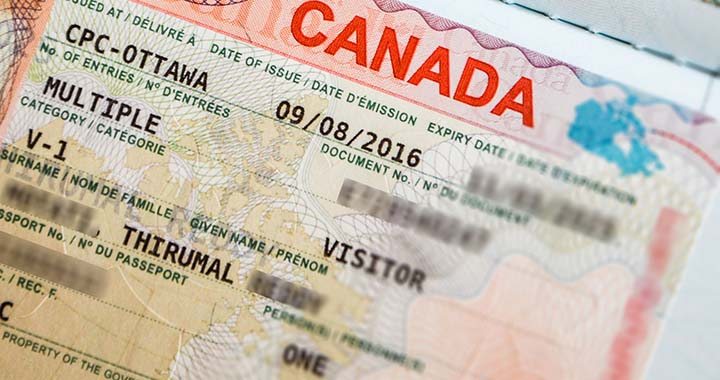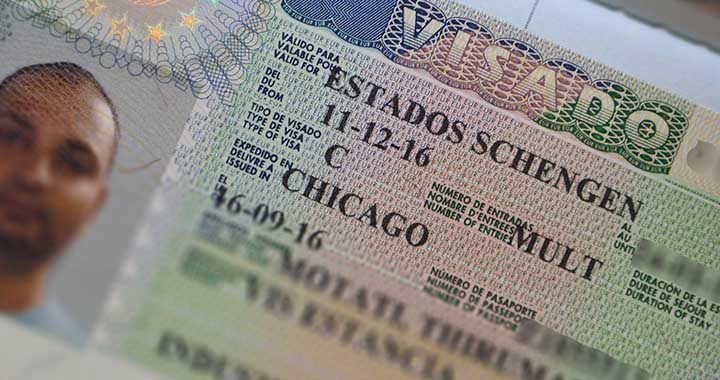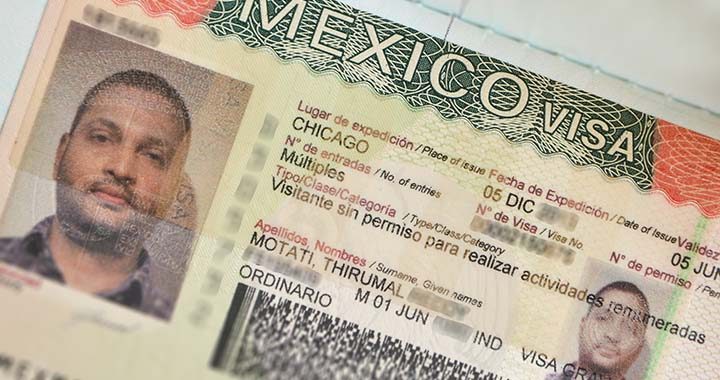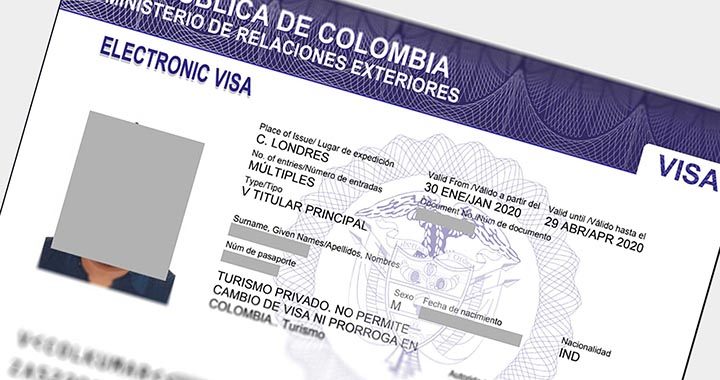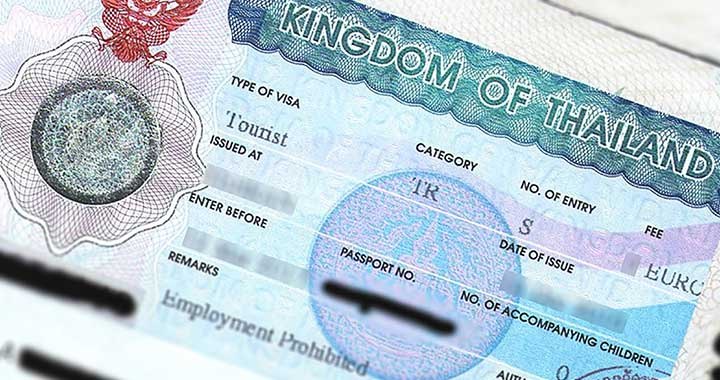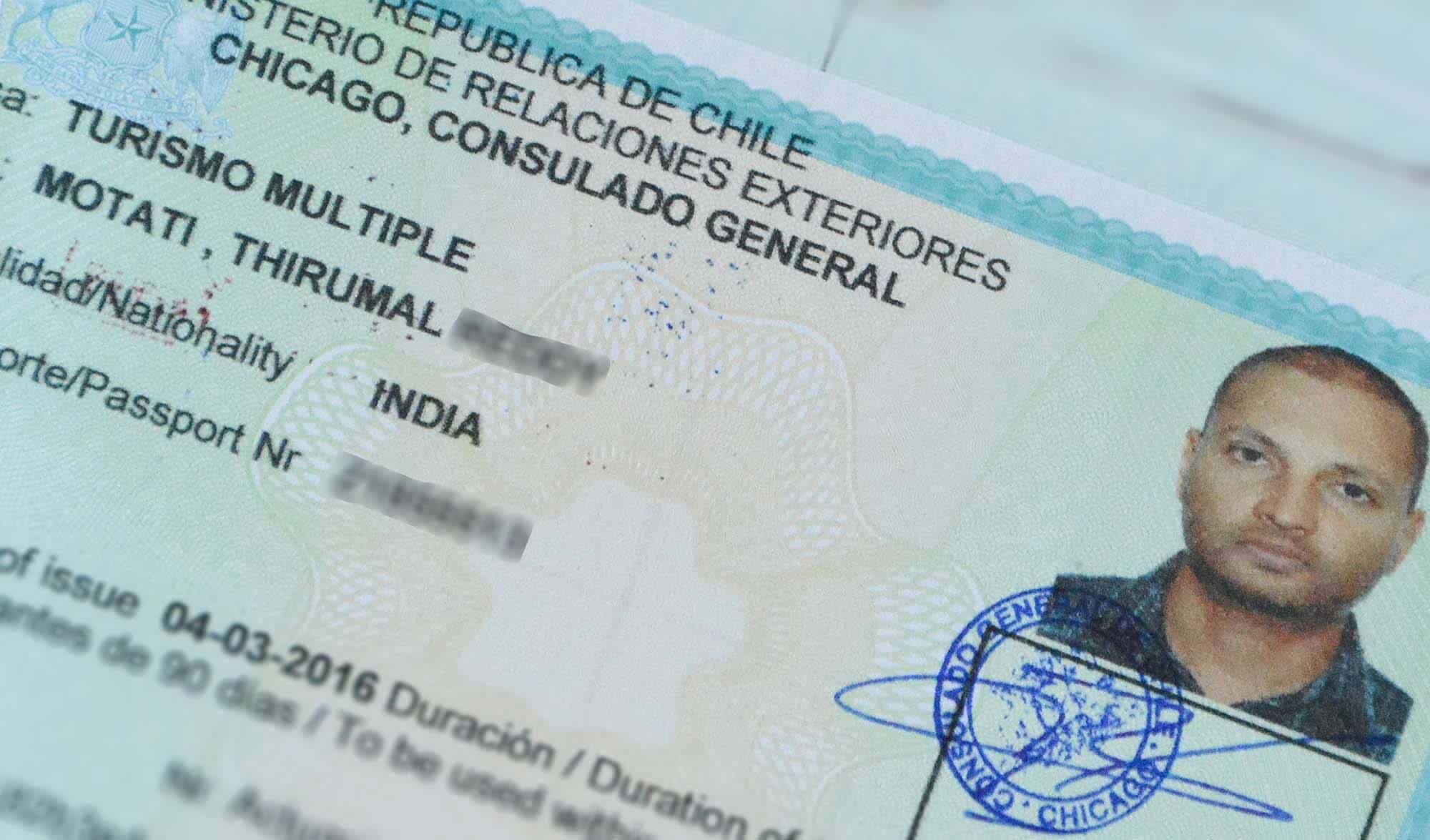
Chile tourist visa requirements are fairly easy to understand. The application process is online. But, you must appear in person to pick up the approved visa.
Chile issues only short-term visas for up to 90 days. The Visa fee can vary greatly depending on your country of passport. Refer to your nearest consulate website for exact and up-to-date information.
***
CHILE VISA REQUIREMENTS BY NATIONALITY
Visa EXEMPT passport holders
90-day entry
- Albania
- Germany
- Andorra
- Antigua and Barbuda
- Argentina
- Australia
- Austria
- Bahamas
- Barbados
- Belgium
- Bolivia
- Bosnia and Herzegovina
- Brazil
- Bulgaria
- Canada
- Colombia
- Costa Rica
- Croatia
- Cyprus
- Czech Republic
- Denmark
- Ecuador
- El Salvador
- Estonia
- Fiji
- Finland
- France
- Granada
- Guatemala
- Haiti
- Honduras
- Hong Kong
- Hungary
- Ireland
- Israel
- Italy
- Japan
- Latvia
- Liechtenstein
- Lithuania
- Luxembourg
- Macedonia
- Malta
- Mauritius
- Mexico
- Moldova
- Monaco
- Montenegro
- Netherlands
- New Zealand
- Nicaragua
- Norway
- Panama
- Paraguay
- Peru
- Poland
- Portugal
- Romania
- Russian Federation
- Saint Kitts And Nevis
- Saint Lucia
- Saint Vincent And Grenadines
- San Marino
- Holy See
- Serbia
- Slovakia
- Slovenia
- South Africa
- South Korea
- Spain
- Sweden
- Switzerland
- Taiwan
- Thailand
- Tonga
- Trinidad And Tobago
- Turkey
- United Kingdom
- United States Of America
- Uruguay
- Vatican City
- Venezuela
60-day entry
- Greece
- Indonesia
30-day entry
- Belize
- Georgia
- Jamaica
- Macau
- Malaysia
- Mongolia
- Singapore
- Ukraine
—
Visa REQUIRED passport holders
90-day SINGLE entry
- Bangladesh
- Botswana
- Brunei
- China
- North Korea
- Cote D’ivoire
- Dominica
- Gabon
- India
- Marshall Islands
- Jordan
- Kenya
- Kyrgyzstan
- Lesotho
- Libya
- Malawi
- Morocco
- Mauritania
- Mozambique
- Namibia
- Nepal
- Palau
- Congo
- Dominican Republic
- Syria
- Sri Lanka
- Sudan
- Suriname
- Swaziland
- Tanzania
- Tunisia
- Tuvalu
- Uganda
- Uzbekistan
- Vietnam
- Zimbabwe
- Palestine
60-day SINGLE entry
- Algeria
- United Arab Emirates
- Philippines
- Guinea
- Papua New Guinea
- Yemen
30-day SINGLE entry
- Afghanistan
- Angola
- Azerbaijan
- Bahrain
- Belarus
- Benin
- Bhutan
- Bulgaria
- Burkina Faso
- Burundi
- Cambodia
- Cameroon
- Cape Verde
- Central African Republic
- Chad
- Comoros
- Congo
- Cuba
- Djibouti
- Egypt
- Eritrea
- Ethiopia
- Gambia
- Ghana
- Guinea Bissau
- East Timor
- Equatorial Guinea
- Guyana
- Iran
- Iraq
- Solomon Islands
- Kazakhstan
- Kiribati
- Kuwait
- Laos
- Lebanon
- Liberia
- Madagascar
- Maldives
- Mali
- Micronesia
- Myanmar
- Nauru
- Niger
- Nigeria
- Oman
- Pakistan
- Qatar
- Rwanda
- Samoa
- Sao Tome And Principe
- Saudi Arabia
- Senegal
- Seychelles
- Sierra Leone
- Somalia
- Stateless Refugees Seeking Asylum
- Tajikistan
- Togo
- Turkmenistan
- Vanuatu
- Zambia
21-day SINGLE entry
- Armenia
90-day MULTIPLE entry
- Angola
- Armenia
- Azerbaijan
- Bahrain
- Bangladesh
- Belarus
- Bhutan
- Botswana
- Brunei
- Bulgaria
- Burkina Faso
- Burundi
- Cape Verde
- Chad
- China
- Cote d’Ivoire
- Congo, Dem. Rep. Of
- Congo, Rep. Of
- Dominica
- Dominican Republic
- Egypt
- Eritrea
- Ethiopia
- Gabon
- India
- Jordan
- Kazakhstan
- Kenya
- Kiribati
- Kyrgyzstan
- Lebanon
- Lesotho
- Malawi
- Maldives
- Marshall Islands
- Mauritania
- Morocco
- Mozambique
- Myanmar
- Namibia
- Nepal
- North Korea
- Pakistan
- Palau
- Palestine
- Saudi Arabia
- Sri Lanka
- Stateless Refugees Seeking Asylum
- Sudan
- Swaziland
- Syria
- Tanzania
- Tunisia
- Turkmenistan
- Tuvalu
- Uganda
- United Arab Emirates
- Uzbekistan
- Vietnam
- Zambia
- Zimbabwe
60-day MULTIPLE entry
- Afghanistan
- Algeria
- Benin
- Cameroon
- East Timor
- Equatorial Guinea
- Ghana
- Guinea
- Guyana
- Liberia
- Madagascar
- Mali
- Micronesia
- Nigeria
- Papua New Guinea
- Rwanda
- Sao Tome And Principe
- Senegal
- Seychelles
30-day MULTIPLE entry
- Cambodia
- Cuba
- Iran
- Kuwait
- Laos
- Oman
- Qatar
- Samoa
- Tajikistan
- Vanuatu
—
NO MULTIPLE entry visa is issued for the passport holders of below countries
- Central African Republic
- Comoro Islands
- Djibouti
- Gambia
- Guinea Bissau
- Iraq
- Libya
- Nauru
- Niger
- Sierra Leone
- Solomon Islands
- Somalia
- Suriname
- Togo
- Yemen
—
Visa EXEMPT for passport holders with legal residency in countries of Pacific Alliance – Colombia, Mexico, and Peru
- Botswana
- Brunei
- Cambodia
- Dominica
- Gabon
- Guyana
- Kiribati
- Laos
- Madagascar
- Malawi
- Marshall Islands
- Micronesia
- Nauru
- Papua New Guinea
- Samoa
- Suriname
- Tuvalu
- Vanuatu
- Vietnam
- Zambia
—
Visa EXEMPT for passport holders with a valid visa from the USA or Canada
- China
***
CHILE TOURIST VISA APPLICATION PROCESS
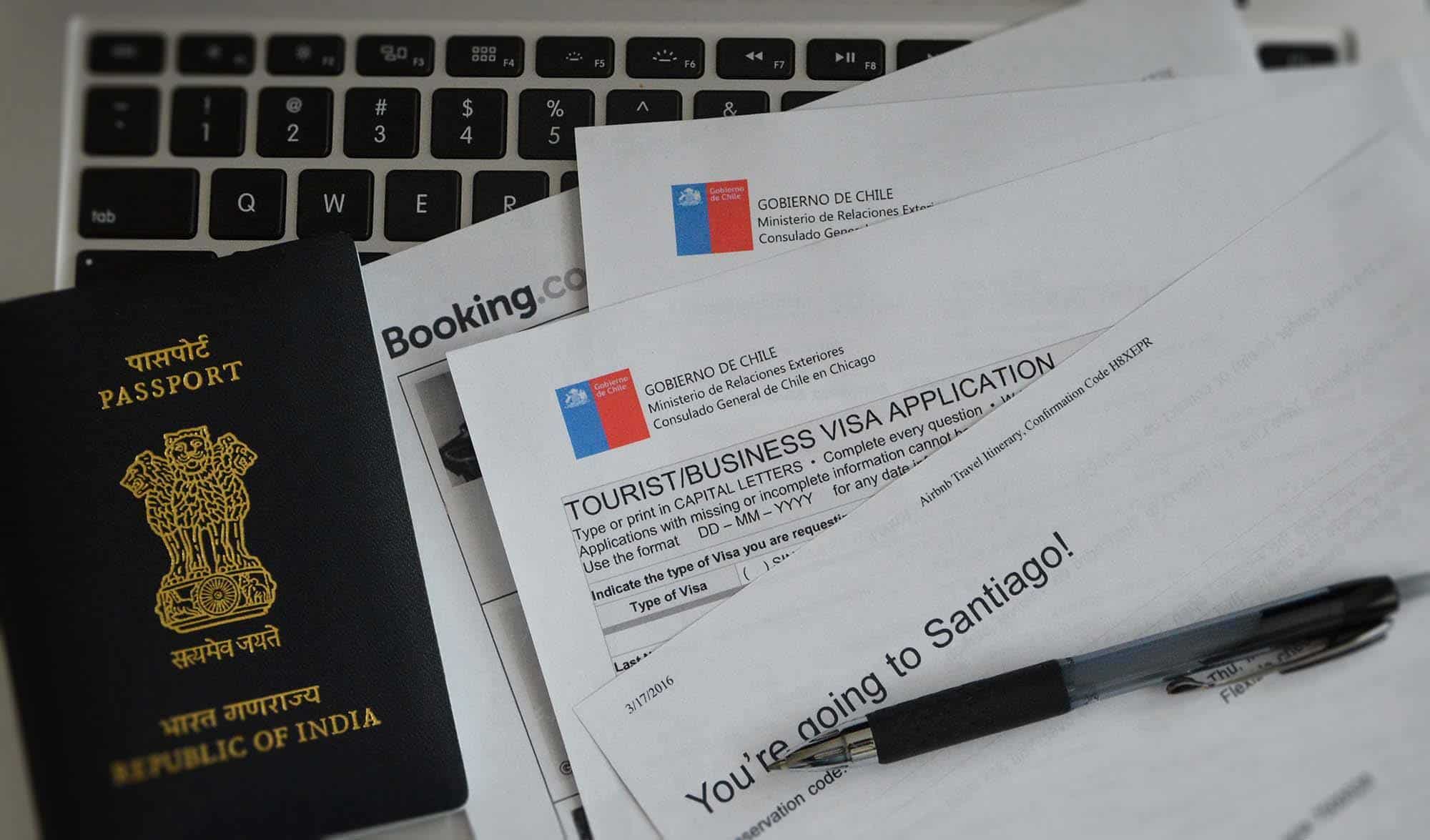
Check if you need a visitor/tourist visa to travel to Chile in the “Visa Requirements” section above. Alternatively, you can check your visa eligibility and requirements at your nearest consulate of Chile website.
Chile tourist visa application is a two-step process.
- Submit the application online
- Pickup approved visa in person
—
Documents required
Following documentation is required
- First and last page of your passport
- Copy of the visa/residence permit if applying in a third country (Example: if you hold an India passport and applying in the US, you have to provide a copy of your US visa)
- Signed employment letter
- Proof of economic solvency (bank statement)
- Roundtrip flight tickets
- Hotel reservation confirmations
- Digital photograph
Supporting documents: Scan documents 1 though 7. Combine and create one single PDF file.
Digital photograph: File must be in JPG format and no larger than 100KB.
—
Online application
The first step in the application process is to fill and submit an online application at SAC (Sistema de Atención Consular) of the Ministry of Foreign Affairs of Chile website.
- Fill the online application
- Upload the supporting documents PDF
- Upload the digital photo JPG and submit
—
Visa fee
The Visa fee is based on the country of your passport. In the online application, after selecting your nationality, the fee for your country will be displayed. The Visa fee varies from $5USD to $150USD for both single and multiple entry depending on your country of passport.
NOTE
Chile charges a visa fee only if the visa is approved
You have to pay the visa fee only if the visa is approved. You must pay this fee on the day of picking up your approved visa. Chilean consulate usually accepts credit/debit card payments. Call/email your nearest consulate ahead and check what modes of payment are accepted.
NOTE
Apply for a multiple entry visa only if your itinerary involves multiple trips to Chile. The reason being, the visa will be issued only for the number of days you have requested. Also, the multiple entry visa fee is much higher than a single entry.
My itinerary was for 20 days. I have applied for a multiple entry visa. I was given only a 20-day multiple entry visa. I was expecting to travel back to Chile at some point in the future.
—
Priority visa service
There is NO expedited or priority visa service. Make sure to apply for your visa at least 30 days prior to your scheduled travel date.
—
Visa pickup
After you submit your online application, you can check the status of your application on the SAC website by logging in with the same username and password that you have created during the application submission.
After the visa is approved, you will receive an email with an appointment date. The appointment date is set by the consulate. You are allowed to change the appointment date one time.
On the date of appointment, you should appear in person at the consulate. You must carry your original passport. You must also carry all supporting documents in original.
The visa officer will verify your documents and fix the visa stamp in your passport. You will have to make the visa fee payment. You will then have to give your fingerprints on 3 copies of the approved application. They will retain one copy and you will be given the other two copies.
You will have to submit these two copies at your first port of entry in Chile. Make sure to carry these two copies with you on the day of your travel.
—
Customer service
There is no dedicated customer service for visa status inquiries. If you need any assistance or have questions, you can email/call your nearest consulate.
—
Application withdrawal
There is no formal procedure for visa application withdrawal. If you do not intend to continue with the application, you can just abandon your pending application at any stage.
***
ENTRY AND EXIT PROCEDURE AT THE AIRPORT
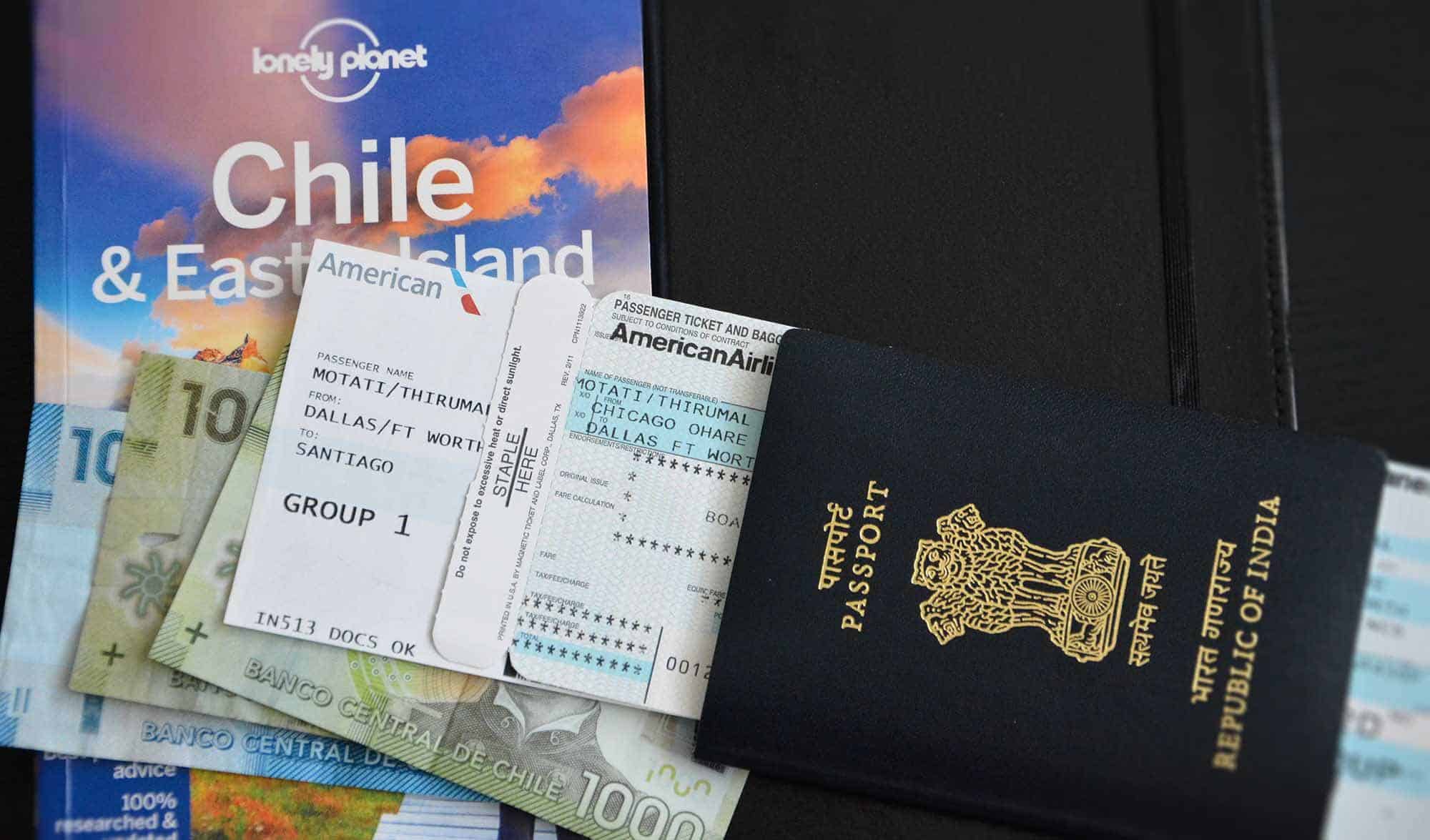
Entering Chile by air
At the first port of entry in Chile, the officer will stamp your passport but will not write/mark the number of days you are allowed to stay in the country. You will be given a small receipt that contains the number of days you are allowed to stay. Make sure to check the receipt right away for accuracy.
You must submit the two copies of the approved, fingerprinted and signed visa application that you received at the consulate to the officer at the port of entry.
As always, carry a copy of your return ticket and hotel booking just in case. If you are traveling on a one-way ticket, don’t forget to get proof of onward ticket.
Australia and Mexico passport holders
Passport holders of Australia and Mexico have to pay a reciprocity fee. A reciprocity fee must be paid on arrival, before proceeding to immigration/customs. Look for payment counters near or next to immigration/customs counters.
—
Leaving Chile by air
Nothing needs to be done on exit. Just make sure to stop by the gate to check with the staff if they need to verify your documents.
***
SUMMARY
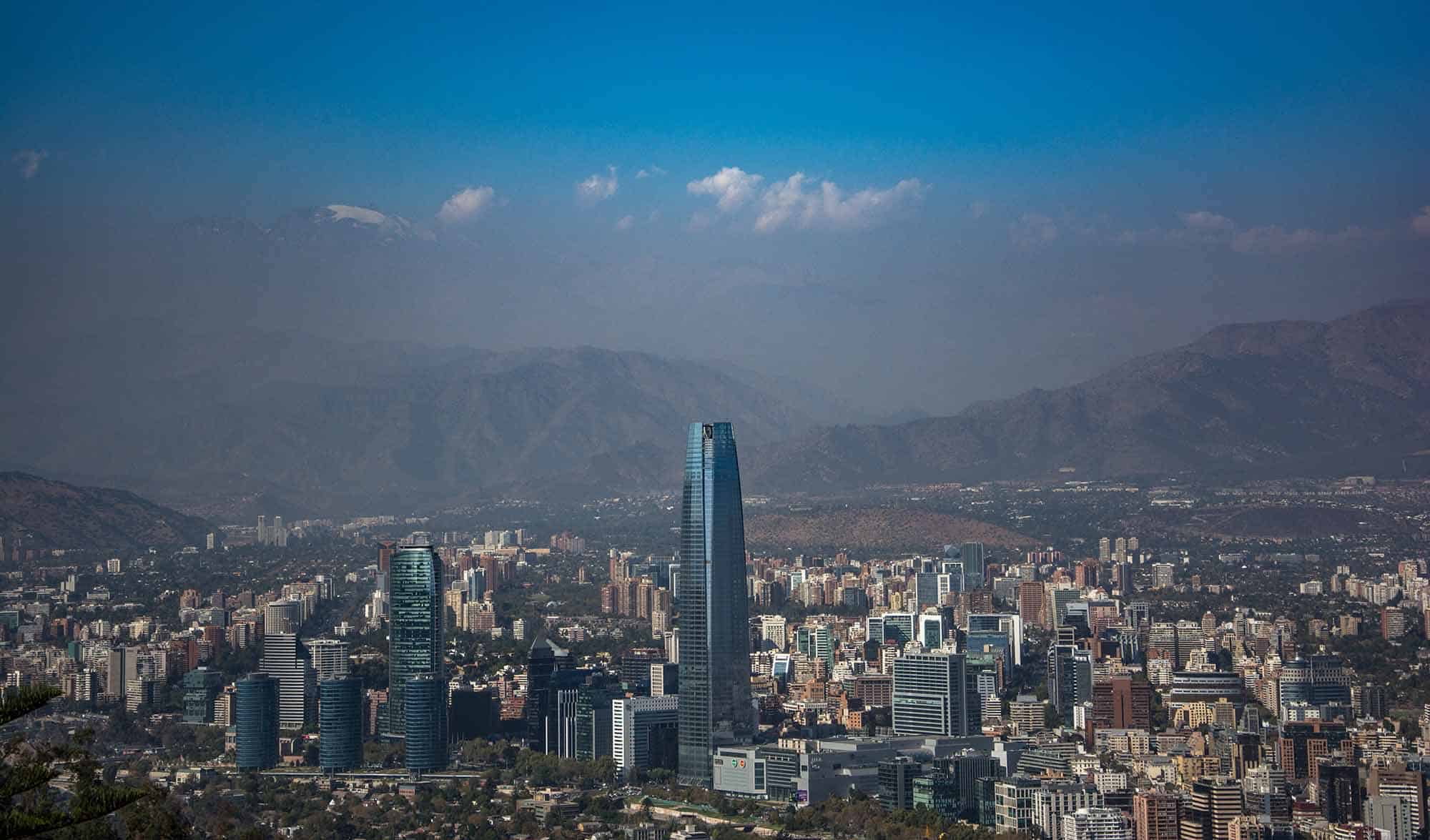
Chile tourist visa requirements are fairly simple and clear. Application submission is online and processing is much quicker. Chile is one of the most beautiful countries in the world. If you haven’t been to Chile yet, add it to your list and keep it on the top.



